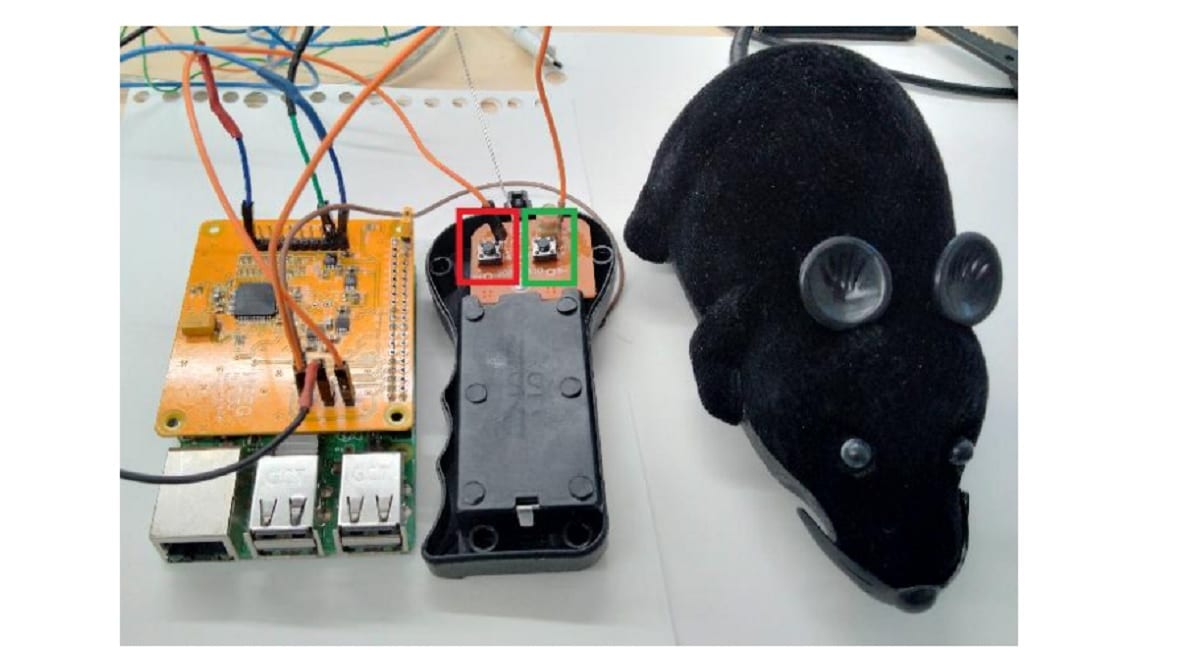
PiEEG is a device for an affordable but accurate reader of brain biosignals
Ildar Rakhmatulin, a researcher at Imperial College in the UK, has developed a device which turns a Raspberry Pi into a brain-computer interface
This device called PiEEG, is an additional module which connects to the Raspberry Pi. Like other electroencephalography (EEG), electromyography (EMG) and electrocardiography (ECG) devices, PiEEG would be able to measure electrical signals from the brain and further interpret those received.
According to Rakhmatulin, this project was started because he noticed that interest in neuroscience increased over the years. At first, Rakhmatulin invented a small portable brain-computer interface. According to the description made by the researcher, this compact EEG equipment that had a circular shape and a radius of only 25 mm allowed comfortable daily use day and night.
The data collected by the device was to be sent to a personal server using the TCP-IP protocol, allowing for wireless operation and decent range of motion for the user. This early model also had built-in noise suppression capability to improve the accuracy of recordings with a maximum input noise of less than 0,35 μV.
after design, the total cost of this first model was about $350 for 24 electrodes. But the chip shortage that occurred between 2020 and 2021 increased the cost of the device considerably. In order not to abandon his project, the researcher decided to launch a second version of his brain-computer interface, but this time based on a Raspberry Pi, which allowed wireless operation and a decent range of movement for the user.
The choice of Raspberry Pi was made because, according to Rakhmatulin, it is the most popular single-board computer on the market and the easiest way to start taking your first steps in neuroscience. For this second iteration, the researcher explains that the shield can be obtained using the Raspberry Pi 3 or 4, which costs less than $100. Therefore, it is cheap and easy to maintain.
Combined with the plugin, PiEEG will cost between $250 and $350 with the following features:
- Compatible with Raspberry Pi 3 or 4
- 8 channels to connect wet or dry electrodes
- Data transfer via SPI protocol with a frequency of 250 SPS to 16 kSPS and a resolution of 24 bits per channel
- Programmable signal gain: 1, 2, 4, 6, 8, 12, 24
- Ability to measure impedance
- CMRR Common Mode Rejection Ratio: 120
- Internal noise: 0,4 μV
- External noise: 0,8 μV
- Signal to Noise Ratio (SNR): 130dB
- LED for power indication and ADS1299 connection indication
- 3 free pins to connect external objects (ground and channel Raspberry Pi)
- The 33 Raspberry Pi GPIO pins can be used for various tasks, such as connecting external devices.
- Easy programming with supplied open source software for reading and processing data in Python, C and C++
For those who wish to obtain it, a crowdfunding campaign has recently been launched. The 4 channel version of the PiEEG is $250 and the 8 channel version is $350.
Rakhmatulin and his collaborators also published a paper demonstrating its functionality: They were able to control a toy mouse by blinking.
"But the potential is much greater and the device can be used in many different industries, depending on the desires and capabilities of the user," he wrote.
In fact, Rakhmatulin reports, PiEEG signals can be used, for example, for smart home control, games, robotics, virtual keyboard input, or even DIY polygraph experiments. The device "can also be used by machine learning enthusiasts to create projects to control robots and mechanical limbs with thought power, sleep control, meditation control, or as a motion detector, lie detector, and many more," Rakhmatulin notes.
The good news with these kinds of low-cost projects is that they could learn more about the brain in the next 10 years than we've learned in the last 50. The problem now, however, would be finding people who accept that anyone can connect to your brain. But in addition, material difficulties cannot be excluded. In fact, the electrodes are reported to wear out quickly over time, which could increase the cost of using the device. Furthermore, it is necessary to find a way to keep these electrodes in place for a long period, which is not easy during experiments.
But already with the ability to cheaply read brain signals and perform tasks based on those signals, the contentious debate over keeping human memory on a storage device is resurfacing.
Source: https://arxiv.org